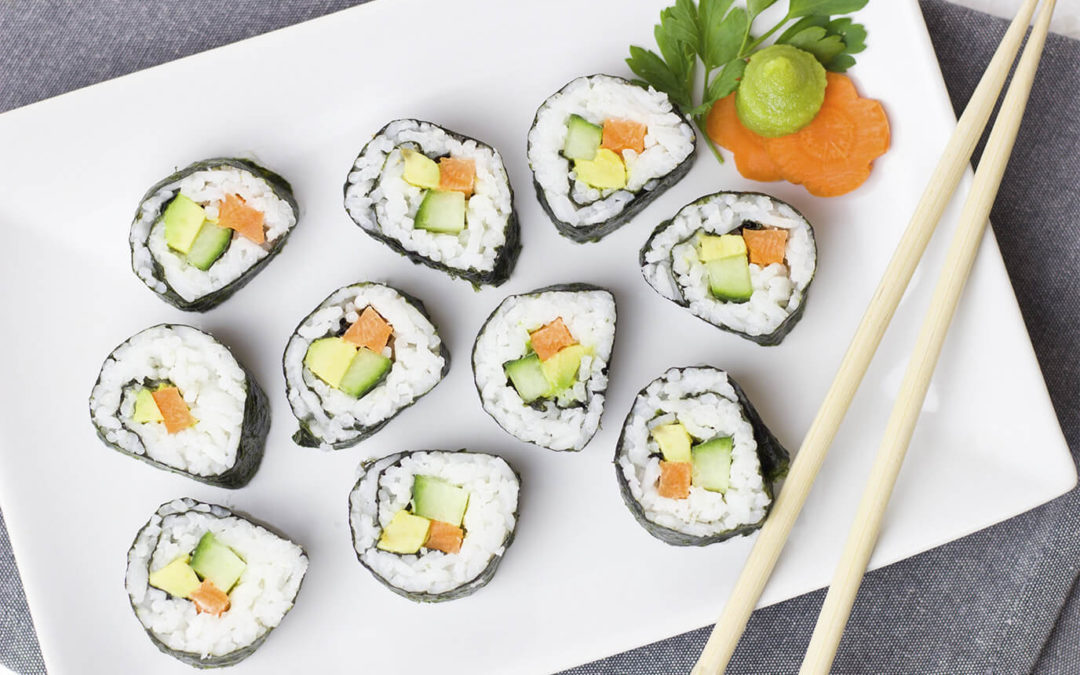Can’t we eat fish quietly? Recently this doubt is found in many of the Spanish households in the wake of the growing alert that the Anisakis pollutes the fish more and more. The truth is that we do not run any health risk if we correctly manipulate the fish we are going to consume and follow the relevant indications as to: purchase, conservation and cooking process.
Although we should not ignore this reality, eating fish is healthy and healthy and we will not eliminate it from our diet. We tell you everything you need to know about the Anisakis to continue enjoying your favorite fish and as you like.
What is Anisakis?
Anisakis is a parasite of the nematode family (a relative of worms or spiders) that is usually found in the viscera or muscular tissue of marine fish and also of cephalopods (squid, octopus, cuttlefish). When the human being ingests infected fish, this worm can cause digestive ailments and even allergies. Specifically, it can cause two types of diseases. On the one hand, the anisakiasis is an inflammatory reaction that is produced by the access of the living larvae to the mucosa of the wall of the digestive tract when it is consumed raw fish or little cooked, causing vomiting, diarrhea… The second type of adverse reaction is allergy to Anisakis, a hypersensitivity reaction involving the immune system. It recognizes certain parasite particles (antigens) as a threat and triggers an exacerbated immune reaction to defend itself.
How do I avoid anisakis?
To avoid contagion with this type of parasite we must follow a series of recommendations for the final consumer according to Aecosan, to ensure proper consumption of fish.
First of all, we must know that anisakiasis can only be contracted by consuming raw fish or cephalopods or subjected to preparations that do not kill the parasite. So how can we avoid it? The first step to escape from the Anisakis is at the time of buying the fish. We must buy it without viscera and if it comes with them, they should be removed as soon as possible.
Despite having removed those vulnerable parts from containing Anisakis, we should not be conformed to remove it manually. The next step is in the cooking of the product. It is imperative that, for the fish to be safe for our health, we cook it to more than 60 º (boiling, frying or roasting it guarantees that temperature without problem). If on the contrary we want to eat it raw, it is necessary to freeze it at -20 º (a temperature that only reaches the refrigerators with three stars or more).
What fish should I freeze and which ones not?
- Anchovies in vinegar and other pickled fish, as vinegar is not enough to kill the parasite.
- Sashimi, sushi, Carpaccios and other specialties made from raw fish.
- Marinated fish, as ceviche can be.
- Raw or practically raw fish roe.
- Herring and other raw fish prepared in brine or lightly salted.
- Marine fish subjected to cold smoked.
If these products are already pre-processed, the manufacturer has already been charged with pre-consumption freezing.
On the contrary, we should not freeze:
- The fish of inland waters (rivers, lakes, marshes…) and freshwater farms such as trout or carp.
- The semi-preserves such as anchovies (in metallic, glass or other presentations).
- Dried salted fish in a traditional way, such as cod or the same.
- Oysters, mussels, clams, coquinas and other bivalve molluscs.
Galician Council takes measures before the growing “alarm” by the Anisakis
For its part, the Xunta de Galicia has initiated an informative and explanatory campaign last week to stop the alarm of the Anisakis, in order to reassure consumers. In this regard, the councillor of the Sea Rosa Quintana recalls that the presence of this parasite is nothing new. In addition, he points out that this informative campaign focuses on ways to avoid risks and will launch messages of tranquility to emphasize that fish consumption is safe as long as it is fulfilled with the legal channels of commercialization.


